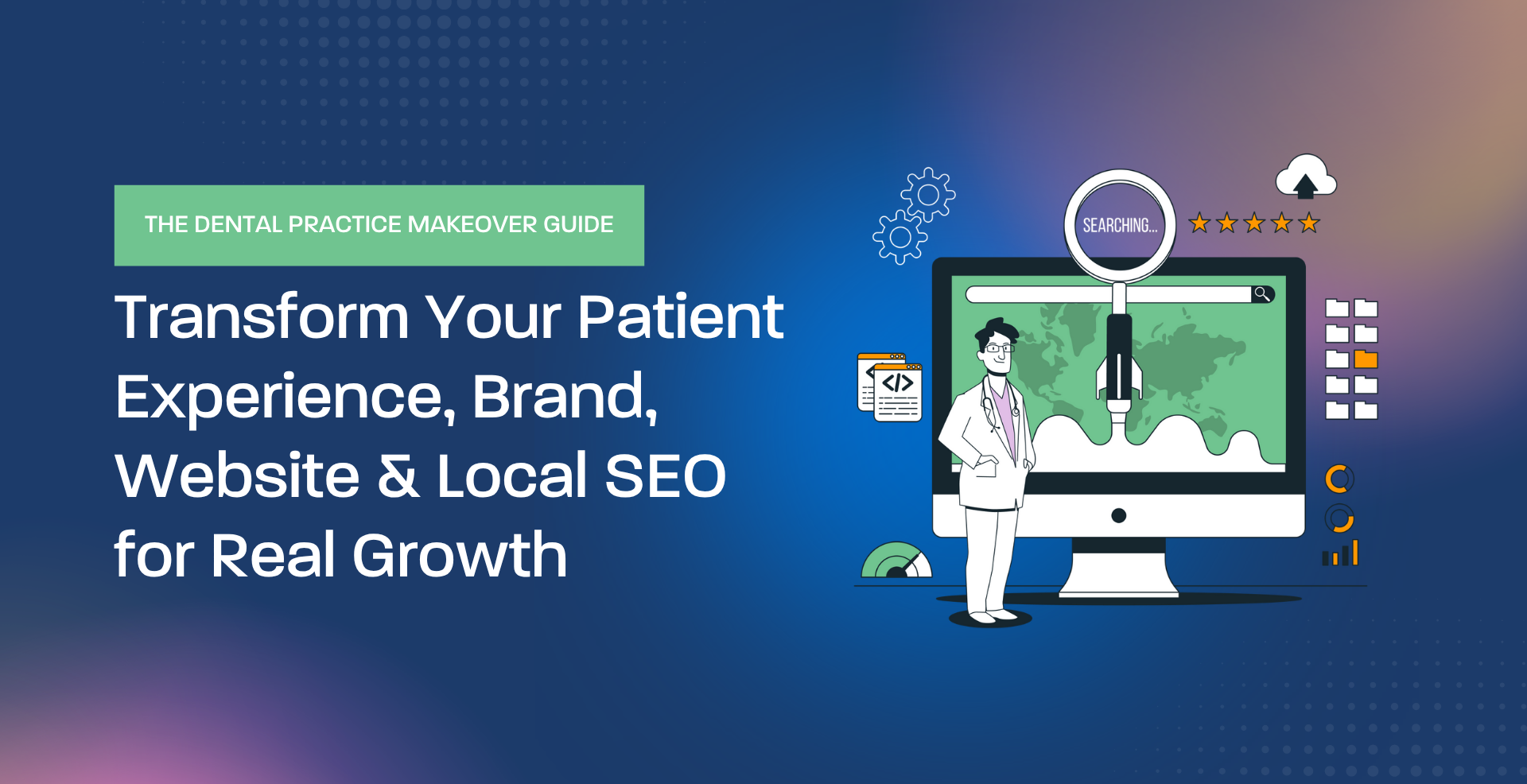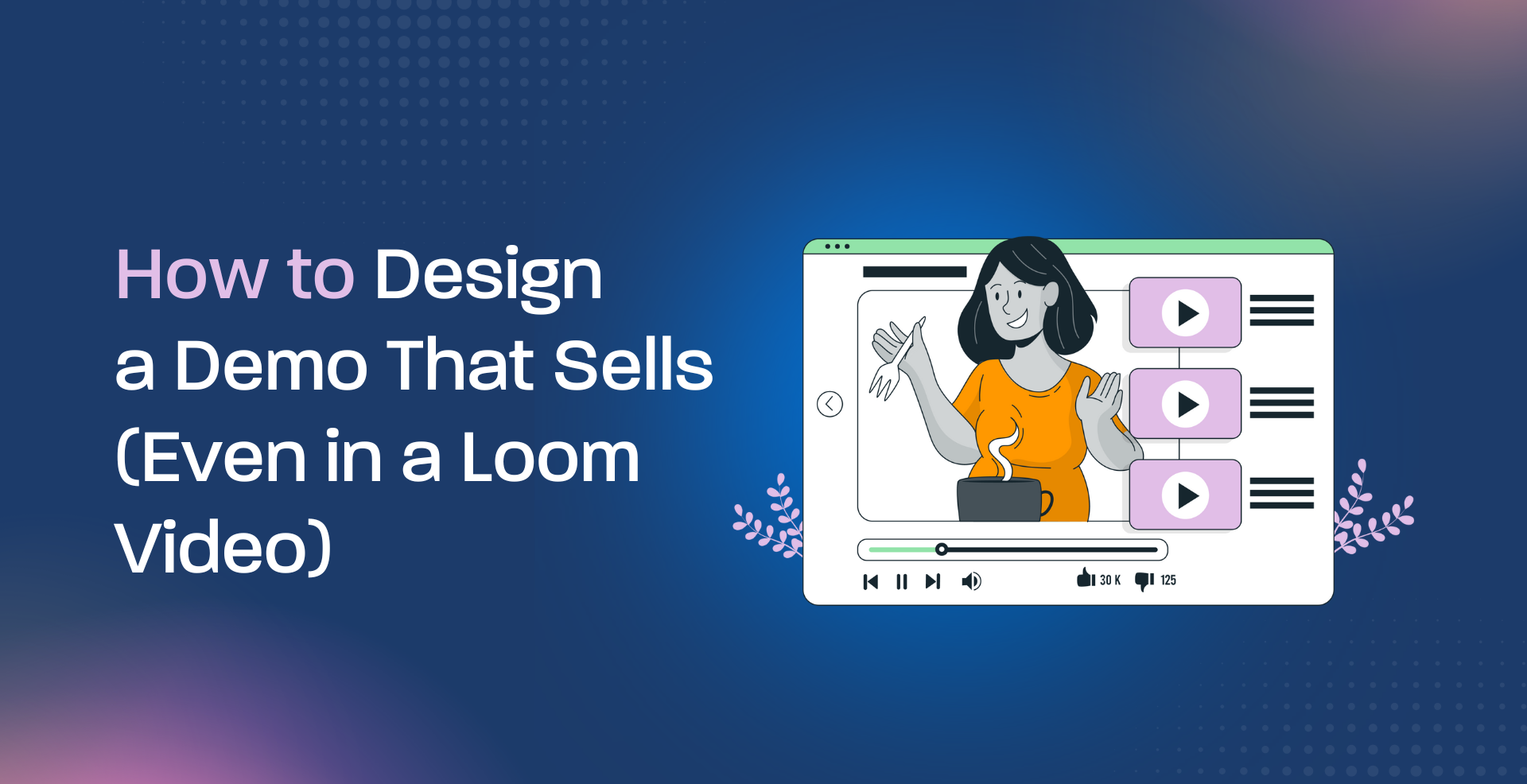In today’s digital age, your website is a dynamic storefront, a 24/7 resource center, and often the first impression you make on potential clients. But a stunning website with insightful content alone isn’t enough. You need to guide visitors towards taking a specific action, whether it’s booking a consultation, downloading a valuable resource, or subscribing to your email list. This is where compelling calls to actions (CTAs) come in.
What is a call-to-action (CTA)?
Think of a call-to-action as a friendly salesperson on your website. It’s a button, phrase, or image that prompts website visitors to take a specific action. Effective CTAs are clear, concise, and persuasive, driving conversions and propelling visitors further down your marketing funnel. A well-crafted CTA can mean the difference between a website visitor bouncing off the page and becoming a loyal customer. Let’s dive into how you can create CTAs that convert!
P.S. Need expert help with design, email marketing, social media management, and other marketing services? Geeks For Growth can help you drive growth for your business!
Know your audience
The first step in crafting an effective call-to-action is understanding the target audience. For lawyers, this may involve identifying the specific legal services potential clients are seeking and addressing their pain points. SMEs can benefit from knowing their niche market and tailoring CTAs to resonate with their unique needs. Similarly, dentists can focus on catering to patients’ oral health concerns and treatment preferences. By conducting thorough market research and customer analysis, businesses can gain valuable insights to inform their call-to-action strategy and increase conversion rates. You need to consider their needs, pain points, and motivations for seeking your services.
Consider if you’re attracting individuals seeking legal guidance for starting a business, estate planning, or personal injury.
- Tailored CTAs: Craft CTAs that resonate with their specific needs. For example:
- Starting a Business: “Schedule a Free Consultation Today to Discuss Business Formation.”
- Estate Planning: “Download Our Free Guide to Estate Planning and Secure Your Legacy.”
- Personal Injury: “Get a Free Case Evaluation. We Fight for What You Deserve.”
Are you targeting small businesses struggling with marketing, website design, or increasing sales?
- Challenge-Based CTAs: Craft CTAs that address their specific challenges.
- Marketing: “Get a Free Marketing Audit and Discover Growth Opportunities.”
- Website Design: “Grow Your Business with Our Award-Winning Web Design Services.”
- Sales: “Increase Your Sales by 20%. Download Our Free E-book on Sales Strategies.”
Target Audience: Are you looking to attract new patients seeking cosmetic dentistry, family dental care, or advanced procedures? Highlight your unique offerings in your CTAs.
- Benefit-Driven CTAs: Craft CTAs that showcase the benefits of choosing your practice.
- Cosmetic Dentistry: “Schedule Your Smile Consultation and Achieve the Smile of Your Dreams.”
- Family Dental Care: “Learn More About Our Comprehensive Family Dentistry Services and Keep Your Family Smiling.”
- Advanced Procedures: “Considering Dental Implants? Download Our Free Guide and Discover a Permanent Solution.”

Craft compelling copy
A successful CTA comprises several key components: clarity, relevance, and persuasive language. For instance, a lawyer’s website might feature a CTA button with clear wording such as “Schedule a Consultation” or “Get Legal Advice Today.” SMEs can entice potential customers with CTAs like “Claim Your Free Trial” or “Unlock Exclusive Discounts.” Dentists can leverage CTAs such as “Book Your Appointment Now” or “Discover Your Perfect Smile.” By focusing on actionable language, creating a sense of urgency, and highlighting benefits, businesses can compel users to take the desired action. Here’s what why:
- Clarity is King: Use clear and concise language that tells visitors exactly what to do next. Don’t be afraid to be specific. “Contact Us” is good, but “Schedule a Free Appointment with Dr. Jones” is even better.
- Actionable Language: Instead of generic CTAs, use verbs that inspire action. Examples include: “Download Now,” “Get Started Today,” or “Request a Quote.”
- Benefits Over Features: Focus on the benefits visitors will receive by taking action. Don’t just say “Free Consultation,” explain how it will help them achieve their goals (e.g., “Get the Legal Advice You Need to Protect Your Business”).
- Create Urgency: A sense of urgency can incentivize immediate action. Use phrases like “Limited Time Offer” or “Schedule Before Spots Fill Up” (for consultations). For downloadable resources, consider “Download Your Free Guide While Supplies Last.”
Design matters
First impressions matter; your CTA button is often the first visual element users encounter on your website. A well-designed CTA button stands out amidst the sea of content, drawing the user’s eye and inviting them to take action. Whether it’s a vibrant color scheme, contrasting typography, or strategically placed graphics, thoughtful design can create a sense of urgency and entice users to click through. For example, a dentist’s website might use bright, cheerful colors for CTAs promoting teeth whitening services, while a lawyer’s site may opt for a more professional and authoritative color palette to convey trustworthiness.
Beyond aesthetics, the design of your CTAs should also align with your brand identity and messaging. Consistency in design reinforces brand recognition and fosters trust among users. Consider incorporating your brand colors, fonts, and imagery into your CTA buttons to create a cohesive visual experience across your website. Additionally, ensure that the design elements complement the tone and messaging of your CTAs. For instance, a CTA promoting a limited-time offer should convey a sense of urgency through bold typography and attention-grabbing graphics. Here’s how:
- Stand Out: Make your CTAs visually appealing. Use contrasting colors that complement your website’s overall design aesthetic. For instance, a dentist might use a calming blue button for consultations and a bright white button for downloading a free guide.
- Clear Fonts: Use clear and easy-to-read fonts that are large enough to be seen on all devices.
- Appropriate Button Sizes: Make sure your CTAs are big enough to be easily clickable but don’t overwhelm the overall page layout.
- Placement is Key: Strategically place your CTAs where visitors are most likely to see them and when they’re most receptive to taking action. Consider placing them at the end of blog posts, near product descriptions, on
- Placement is Key: prominent hero sections, or within pop-up banners that appear after a certain amount of time spent on the page.
Importance of CTA placement
Moreover, the placement and size of your call-to-action buttons can significantly impact user engagement and conversion rates. Strategic placement above the fold and within the natural eye path of users can increase visibility and encourage interaction. Similarly, optimizing the size of your CTA buttons for mobile responsiveness ensures a seamless user experience across devices. By prioritizing design considerations such as placement and size, you can effectively guide users toward the desired action and streamline the conversion process.
Test and optimize
Continuous testing and optimization are essential for maximizing call-to-action performance. A/B testing allows businesses to compare different variations of CTAs and determine which ones resonate most with their audience. For example, a lawyer might experiment with different wording or colors for their CTA button to see which generates more clicks. SMEs can test variations of their CTAs to identify the most effective messaging and design elements. Dentists can analyze data from A/B tests to refine their CTAs and drive higher conversion rates.
- Track and Analyze: Use website analytics tools to track user clicks and conversions associated with your CTAs. This data will help you understand which CTAs resonate most with your audience and identify areas for improvement.
- Refine and Repeat: The beauty of CTAs is that they can be constantly refined based on data and user feedback. Don’t be afraid to experiment and make adjustments to optimize their effectiveness over time.
By following these steps and continuously testing and optimizing your CTAs, you can transform your website into a lead-generation machine. Remember, compelling CTAs are an essential ingredient for website success. Craft them carefully, considering your audience’s needs, and test different variations. With the right approach, you can turn website visitors into paying clients and achieve your marketing goals. So, unleash the power of CTAs and watch your business thrive online!
Need expert help with design, email marketing, social media management, and other marketing services? Geeks For Growth can help you drive growth for your business!






